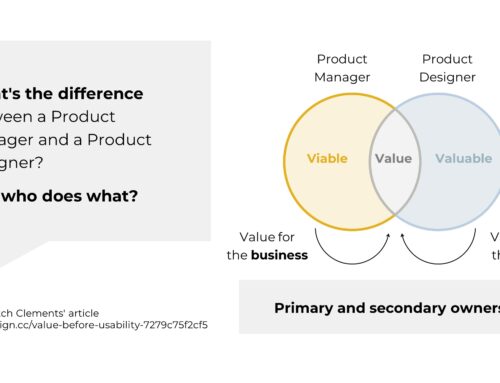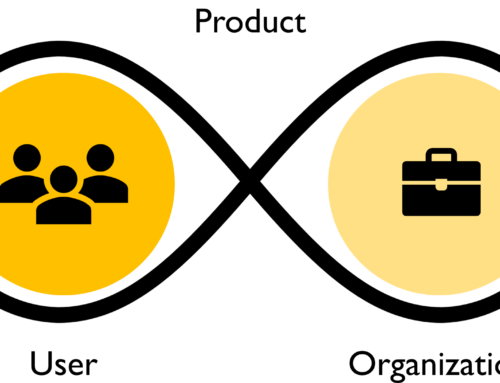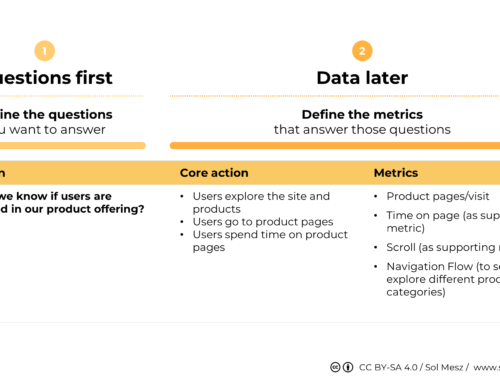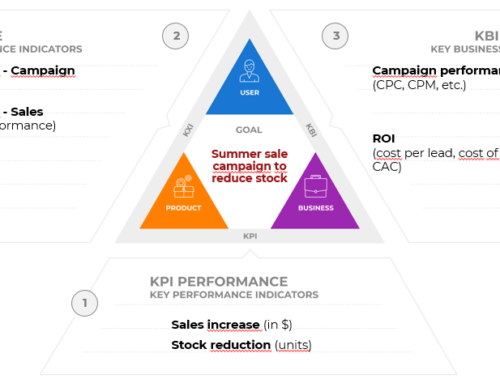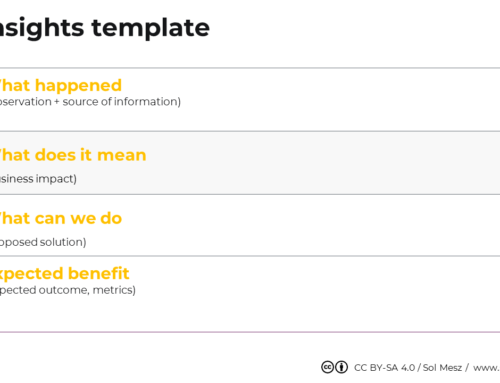With the rise of IoT products many started talking about the death of screens, voice operated apps/devices and how we won’t need screens anymore.
The No UI movement (no user interface, no screens) started talking about how the world of design will be forever changing. There is even a book about No UI — “No Interface” by Golden Krishna, which looks down upon screens and screen-based thinking.
While the tone of the book is over dramatic, probably for effect, it does raise a number of good points, like we should start thinking outside of screens, think tasks and goals not screens, that not all apps need a screen or the 3 principles of No UI design, the reality is that screens are not going anywhere, anytime soon.
In fact, IoT may be the thing that keeps them right where they are, because IoT products mostly need a screen to make sense.
The reason is that IoT devices do mostly one or both of these of two things: gather data and transmit data. And this data becomes information, which is most likely visualized and accessed (and manipulated) through a screen.
A few examples:
- That beacon in your running shoes? It gathers information about your pace and distance (among other things) for this run and for all past and future runs. And how do you access and visualize that information? On your phone.
- You purchased a luggage locator device, o maybe a smart suitcase (which has a locator built in) that lets you track where it is. How do you see where your luggage is? Using your phone
- You got Amazon’s Dash buttons. Where do you manage your purchases? Right from a screen.
- Even for Nest you’ll need a screen at some point.
The point is, just like video didn’t kill the radio star, IoT isn’t probably going to kill screens.
With the rise of IoT products many started talking about the death of screens, voice operated apps/devices and how we won’t need screens anymore.
The No UI movement (no user interface, no screens) started talking about how the world of design will be forever changing. There is even a book about No UI — “No Interface” by Golden Krishna, which looks down upon screens and screen-based thinking.
While the tone of the book is over dramatic, probably for effect, it does raise a number of good points, like we should start thinking outside of screens, think tasks and goals not screens, that not all apps need a screen or the 3 principles of No UI design, the reality is that screens are not going anywhere, anytime soon.
In fact, IoT may be the thing that keeps them right where they are, because IoT products mostly need a screen to make sense.
The reason is that IoT devices do mostly one or both of these of two things: gather data and transmit data. And this data becomes information, which is most likely visualized and accessed (and manipulated) through a screen.
A few examples:
- That beacon in your running shoes? It gathers information about your pace and distance (among other things) for this run and for all past and future runs. And how do you access and visualize that information? On your phone.
- You purchased a luggage locator device, o maybe a smart suitcase (which has a locator built in) that lets you track where it is. How do you see where your luggage is? Using your phone
- You got Amazon’s Dash buttons. Where do you manage your purchases? Right from a screen.
- Even for Nest you’ll need a screen at some point.
The point is, just like video didn’t kill the radio star, IoT isn’t probably going to kill screens.
